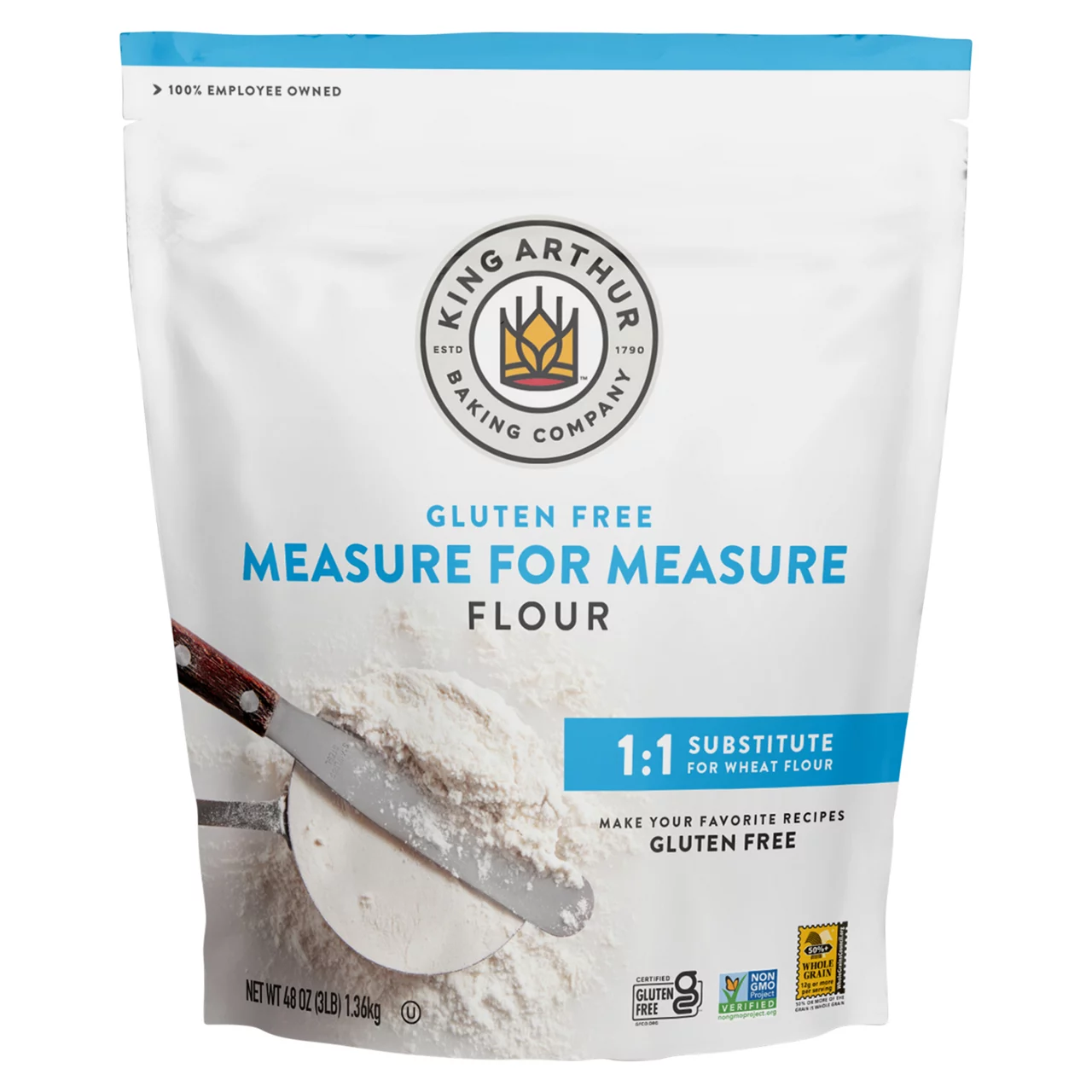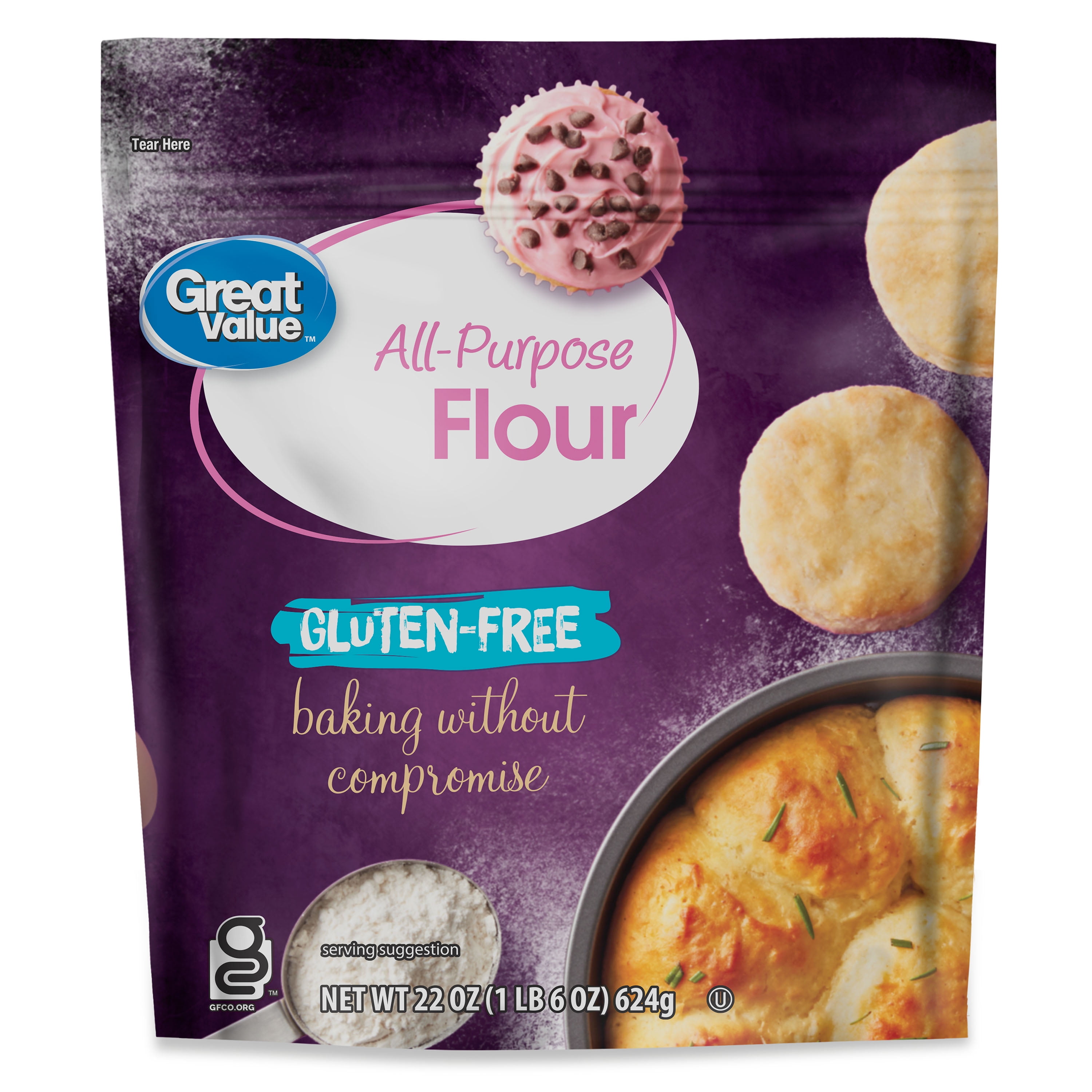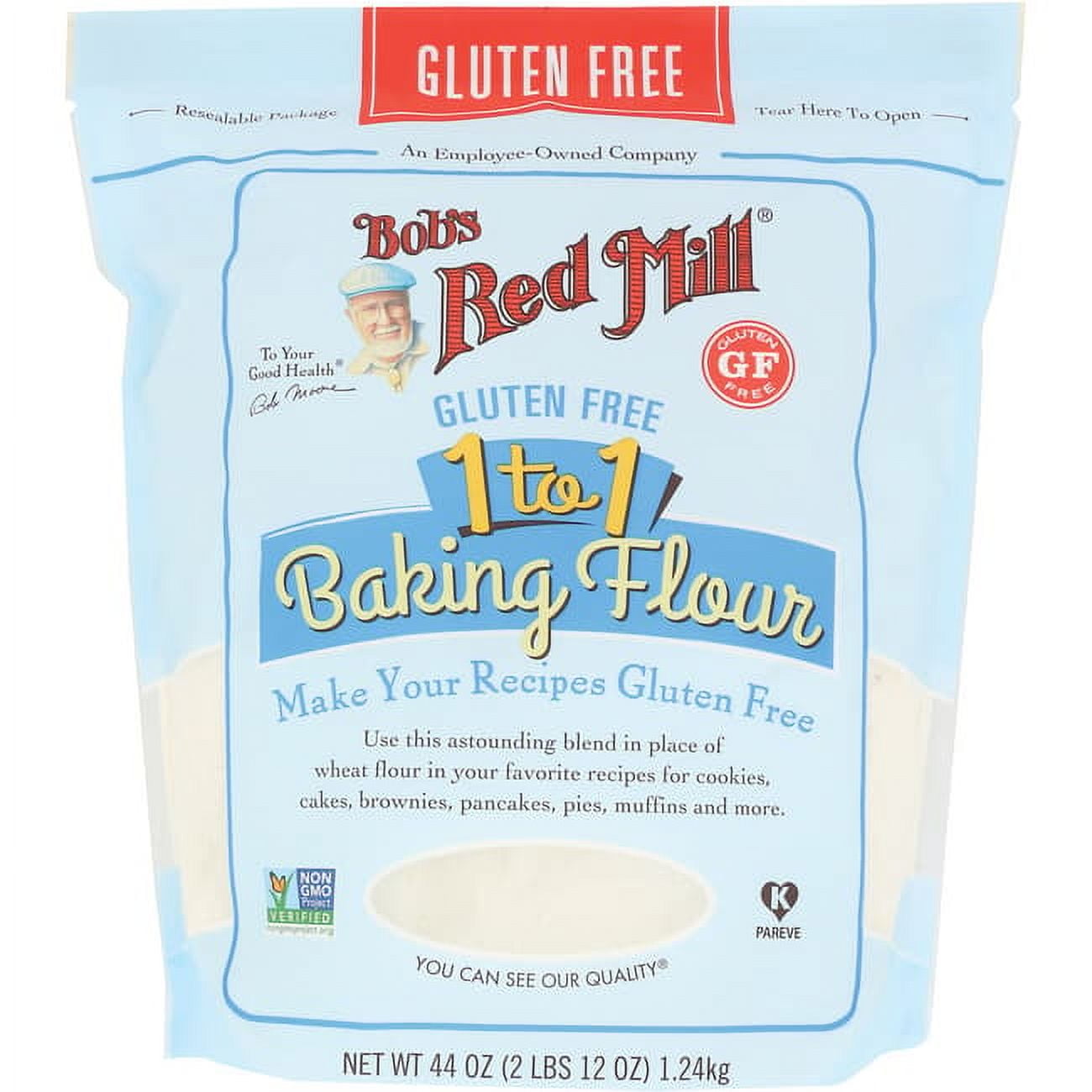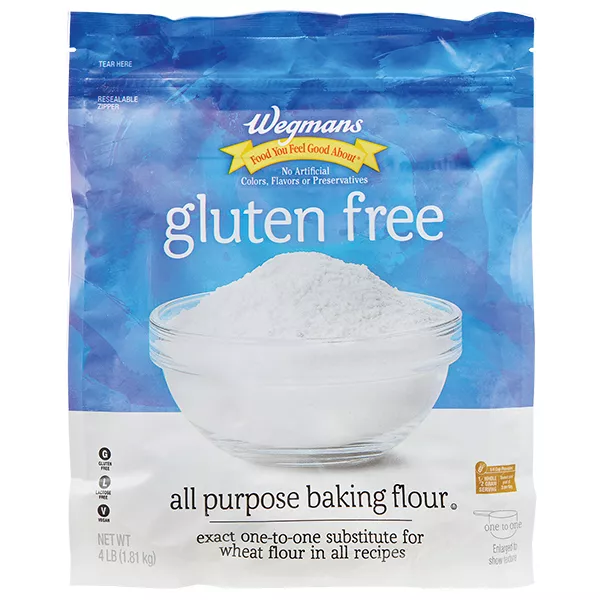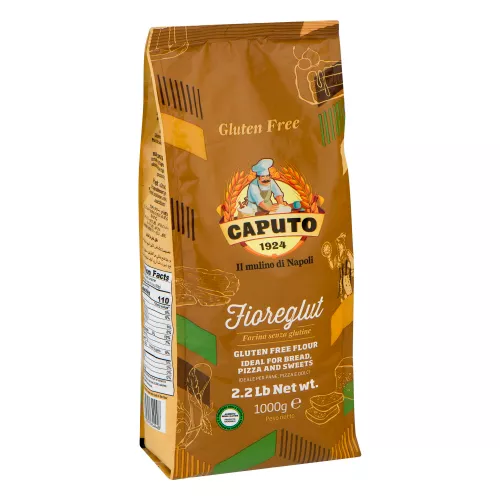BREADS
DESSERTS
BREAKFAST AND BRUNCH
Gluten Free Flour
Gluten-Free Flour is a versatile alternative to standard wheat flour, designed for people with gluten intolerances, sensitivities, or celiac disease. It is derived from various grains, nuts, and legumes such as rice, corn, almond, tapioca, and chickpea. This flour substitute allows for gluten-free consumption while still offering an array of baking and cooking possibilities.
Commonly used in a plethora of gluten-free recipes, this flour caters to the dietary needs of gluten-conscious home cooks and consumers. Gluten-Free Flour can be utilized to create a diverse range of dishes, such as breads, pastries, pancakes, pasta, and more, making it a helpful addition to any pantry.
88%
CARBS
2%
FAT
11%
PROTEIN
272 Gluten Free Flour Products
Bob's Red Mill Gluten Free 1 to 1 Baking Flour
King Arthur Gluten Free Measure for Measure Flour
Bob's Red Mill Baking Flour, Gluten Free, 1 to 1
Bob's Red Mill Baking Flour, Gluten Free, All-Purpose
King Arthur Baking Company All-Purpose Flour, Gluten Free
Great Value Gluten Free All-Purpose Flour
Bob's Red Mill Gluten Free 1 to 1 Baking Flour
Wegmans Gluten Free All Purpose Baking Flour
Cup4Cup Gluten Free Multipurpose Flour
CAPUTO Fioreglut, Gluten Free
Used In 69 Recipes
2
Crispy Veggie Delight Spinach Croquettes
4
Creamy Cheesy Salsa Verde Chicken Rice Casserole
4
Quick-fix Peanut Butter Chocolate Brownie Delight
2
Crispy Vegan Orange Cauliflower
5
Luscious Lemon Asparagus Fusilli Pasta
4
Decadent Gluten-Free Chocolate Sheet Cake
3
Golden Corn Fritters
2
Rustic Gluten-Free Sheet Pan Pizza
Gluten Free Flour Is Frequently Used With
Gluten Free Flour FAQ
Despite offering distinct health benefits, Gluten-Free Flour brings its own set of unique challenges. The most common issues people encounter when cooking with this ingredient are related to texture, flavor, and rising. Gluten-free flour does not behave the same way as wheat flour, due to the absence of gluten, a protein that provides structure in baked goods. As such, baked goods made purely with gluten-free flour might end up crumbly, lack elasticity, or not rise as expected. The varying compositions and densities of different gluten-free flours can also lead to uneven results if not properly combined or measured.
Getting the most out of gluten-free flour involves understanding its characteristics. A blend of gluten-free flours often provides a better texture than using a single type. Additionally, adding binders like xanthan gum or guar gum can improve the structure of your baked goods, compensating for the lack of gluten. Using an extra egg or a touch of vinegar can also help to make your dough rise better.
A lesser-known fact is that different types of gluten-free flour can contribute different flavors to your dishes. Nut-based flours like almond or coconut flour can add a subtle, pleasant nuttiness to your baked goods, whereas rice flour tends to have a neutral flavor. Understanding these flavor profiles can help you to make creative culinary decisions.
Can I use gluten-free flour in any recipe?
Why does my gluten-free bread not rise?
Why are my gluten-free baked goods so dry?
What is the best gluten-free flour for baking?
Are gluten-free flour and regular flour measured the same?
Can I bake gluten-free without xanthan gum?
How do I make my gluten-free cookies less crumbly?
Is gluten-free flour healthier than regular flour?
Why is my gluten-free pastry tough?
Why does my gluten-free cake have a gritty texture?
Expiration & Storage Tips
When does gluten free flour expire?
Unopened, a bag of gluten-free flour typically keeps well for up to a year beyond the printed expiration date, kept in a cool, dry place. Once opened, aim to use it within 4-6 months for optimal freshness. If stored in an airtight container in the refrigerator, this extends to about 8-10 months. Freezing the flour further extends shelf life to almost 2 years without any change in quality, it just needs a few hours at room temperature to defrost.
How do you tell if gluten free flour is bad?
You can tell if the gluten-free flour has gone bad by checking for changes in its appearance, texture and smell. The flour should be free of bugs and mold. It should retain its original powdery texture, without any clumps or wet spots. If the flour smells off, somewhat sour or stale, you should discard it.
Tips for storing gluten free flour to extend shelf life
• Store the gluten-free flour in an airtight container to keep it fresh and deter pantry pests.
• Keep the flour stored in cool, dry area away from direct sunlight to maintain its quality.
• Consider storing gluten-free flour in the refrigerator to extend its shelf life further, just be certain that the container is fully sealed to prevent the flour from absorbing odors.
• You can also store gluten-free flour in the freezer. Just allow it to return to room temperature before using in your recipes to maintain the right texture in your dough.
EXPIRES WITHIN
10 - 14
MONTHS
Substitutes

Gluten Free Bread Flour

Gluten Free Self Raising Flour

Paleo Baking Flour

Coconut Flour

Hazelnut Meal

Quinoa Flour

Rice Flour

Sorghum Flour

Sweet Rice Flour

Tapioca Flour
See All
Health Info
Macros
24g
CARBS
0g
FAT
3g
PROTEIN
Allowed on these diets
LOW FAT
HIGH CALCIUM
VEGETARIAN
MEDITERRANEAN
LOW CARB
VEGAN
LACTOSE FREE
GLUTEN FREE


